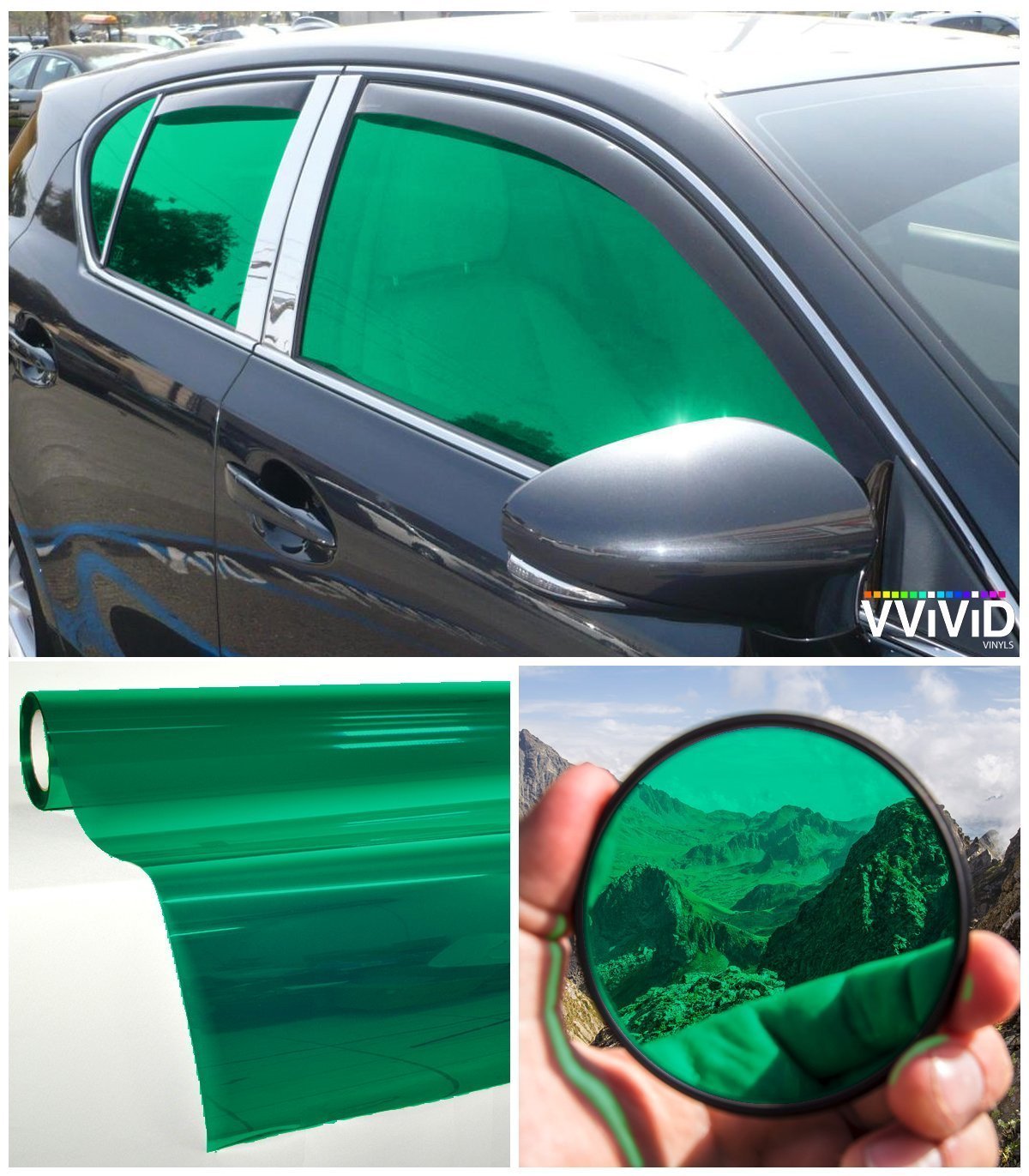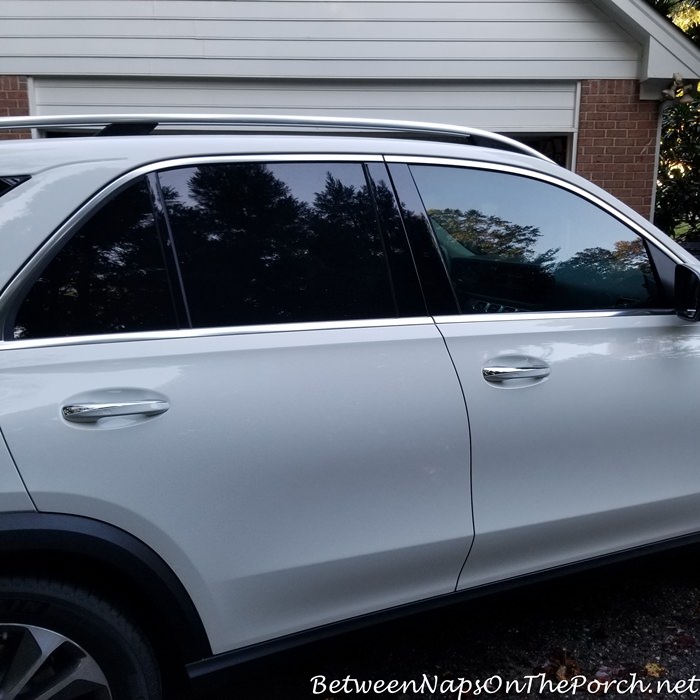Exploring the Different Kinds Of Window Tinting: A Comprehensive Overview for Lorry Owners
In the world of auto improvements, window tinting sticks out as a useful choice for vehicle owners aiming to enhance comfort and aesthetics while providing important protection. With numerous kinds of films readily available-- ranging from dyed and metalized to sophisticated ceramic options-- each deals distinctive benefits and prospective downsides that warrant mindful consideration. Comprehending the lawful regulations regulating tinting in various territories adds another layer of intricacy to the decision-making procedure. As we discover these options, the effects for both performance and conformity end up being increasingly clear.
Advantages of Home Window Tinting
Window tinting uses a myriad of benefits that improve both the aesthetic allure and functionality of cars. One of the key advantages is the reduction of damaging ultraviolet (UV) rays, which can cause skin damages and enhance the risk of skin cancer cells. By blocking up to 99% of UV radiation, tinted home windows offer important security for guests during lengthy trips or daily commutes.
Additionally, home window tinting significantly boosts indoor comfort by lowering glare and heat buildup. This not just develops a more pleasurable driving experience yet also reduces the dependence on air conditioning, causing fuel cost savings. Enhanced personal privacy is an additional critical advantage; tinted home windows obscure the view right into the vehicle, safeguarding individual possessions and making certain a sense of security for passengers.
Moreover, window tinting can prolong the life expectancy of a vehicle's inside by lowering sunlight damage, such as fading and fracturing of upholstery. Lots of jurisdictions recognize the aesthetic worth of tinted home windows, which can elevate a vehicle's total look and resale worth. In recap, the complex benefits of home window tinting make it an important financial investment for automobile owners seeking to boost design, convenience, and security.
Sorts Of Window Color Films
A selection of window tint movies are available on the marketplace, each developed to fulfill various requirements and choices. One of the most common types include dyed, metalized, ceramic, and hybrid movies.
Colored films are prominent for their visual appeal, as they provide a darker color without reflecting light. Metalized films, on the other hand, consist of steel particles that mirror heat and UV rays, enhancing sturdiness and efficiency.
Ceramic movies represent a premium alternative, providing superior warm rejection and UV defense without the disadvantages of reflectivity. These films are non-conductive and do not affect digital gadgets, making them a favored choice among car proprietors looking for high efficiency. Finally, hybrid films integrate the advantages of dyed and metalized movies, using an equilibrium between price and efficiency.
Picking the right film relies on private priorities such as warm rejection, aesthetic appeals, and budget plan. Recognizing the attributes of each kind can direct vehicle proprietors in making educated decisions that align with their details requirements and choices.

Lawful Regulations on Tints
Legal laws on home window tinting vary significantly throughout various regions, mirroring regional laws and security standards intended at making sure motorist visibility and security. In the United States, for example, each state has its very own set of regulations controling the permitted degrees of color darkness, normally gauged by Visible Light Transmission (VLT) portions. While some states permit darker colors for rear windows, others enforce stricter limits on front side home windows and windscreens.
Worldwide, guidelines can vary much more significantly (window tinting clovis). Nations may apply complete bans on tinting or restrict it to lighter shades. For example, in the European Union, the front windshield needs to enable at least 75% of light to go through, while the front side home windows have to allow at the very least 70%.
Compliance with these policies is critical, as failing to stick read this can lead to fines, mandatory elimination of non-compliant tints, or perhaps automobile evaluations. Car owners must familiarize themselves with their regional laws prior to using home window tinting. Consulting with specialists and evaluating state or national guidelines can aid guarantee that any picked tint complies with lawful standards, eventually boosting both safety and looks.
Installment Refine and Factors To Consider
When thinking about the setup of home window tinting for vehicles, a number of crucial factors should be considered to guarantee a successful result. Picking the best type of tint is critical, as numerous products supply various levels of warm denial, UV protection, and aesthetic allure. Additionally, it is very important to inspect local guidelines relating to color darkness and reflectivity to continue to be compliant with the law.
The setup process itself can be executed DIY or by a professional. While do it yourself kits are offered, professional installment is usually suggested for optimum outcomes. Specialists possess the needed abilities, devices, and experience to guarantee a flawless application, which reduces the risk of bubbles, creases, or peeling.
Before installation, the vehicle's home windows need to be thoroughly cleansed and dried out to prevent contaminants from conflicting with you could try here the adhesive. By taking into consideration these aspects, automobile proprietors can enhance their driving experience while ensuring the durability and performance of their window tint.
Maintenance and Treatment Tips
Appropriate maintenance and treatment are vital for protecting the appearance and functionality of window tinting after setup. To guarantee long life, vehicle proprietors must wait at least two days prior to rolling down their windows, allowing the glue to treat effectively. Routine cleaning is vital; nevertheless, it is necessary to use gentle, ammonia-free options and soft microfiber fabrics to avoid scraping the tint.
When cleaning your lorry, stay clear of high-pressure water sprays directly on the tinted home windows, as this can deteriorate the adhesive in time. Instead, use a moist cloth to wipe the surface carefully. Furthermore, avoid making learn the facts here now use of unpleasant materials, such as rough sponges or brushes, which can damage the tint.
Check your window color occasionally for indications of gurgling, peeling off, or staining. If any concerns are detected, get in touch with a professional to figure out whether repair services or replacements are required. Parking in shaded locations or utilizing sunshades can additionally safeguard your color from prolonged sun direct exposure, which can lead to fading.
Final Thought
In recap, comprehending the different types of window tinting is crucial for vehicle proprietors intending to improve convenience, aesthetic appeals, and protection. Proper installation and maintenance even more make sure optimum performance and durability of the tint.
In summary, the multifaceted advantages of window tinting make it a useful financial investment for car proprietors looking for to improve safety and security, design, and comfort.
Legal laws on home window tinting vary substantially across various regions, mirroring local laws and safety and security standards aimed at ensuring vehicle driver visibility and safety and security. While some states enable darker tints for back home windows, others impose stricter restrictions on front side home windows and windscreens.

Comments on “Premium Window Tinting Clovis Solutions for Houses and Services”